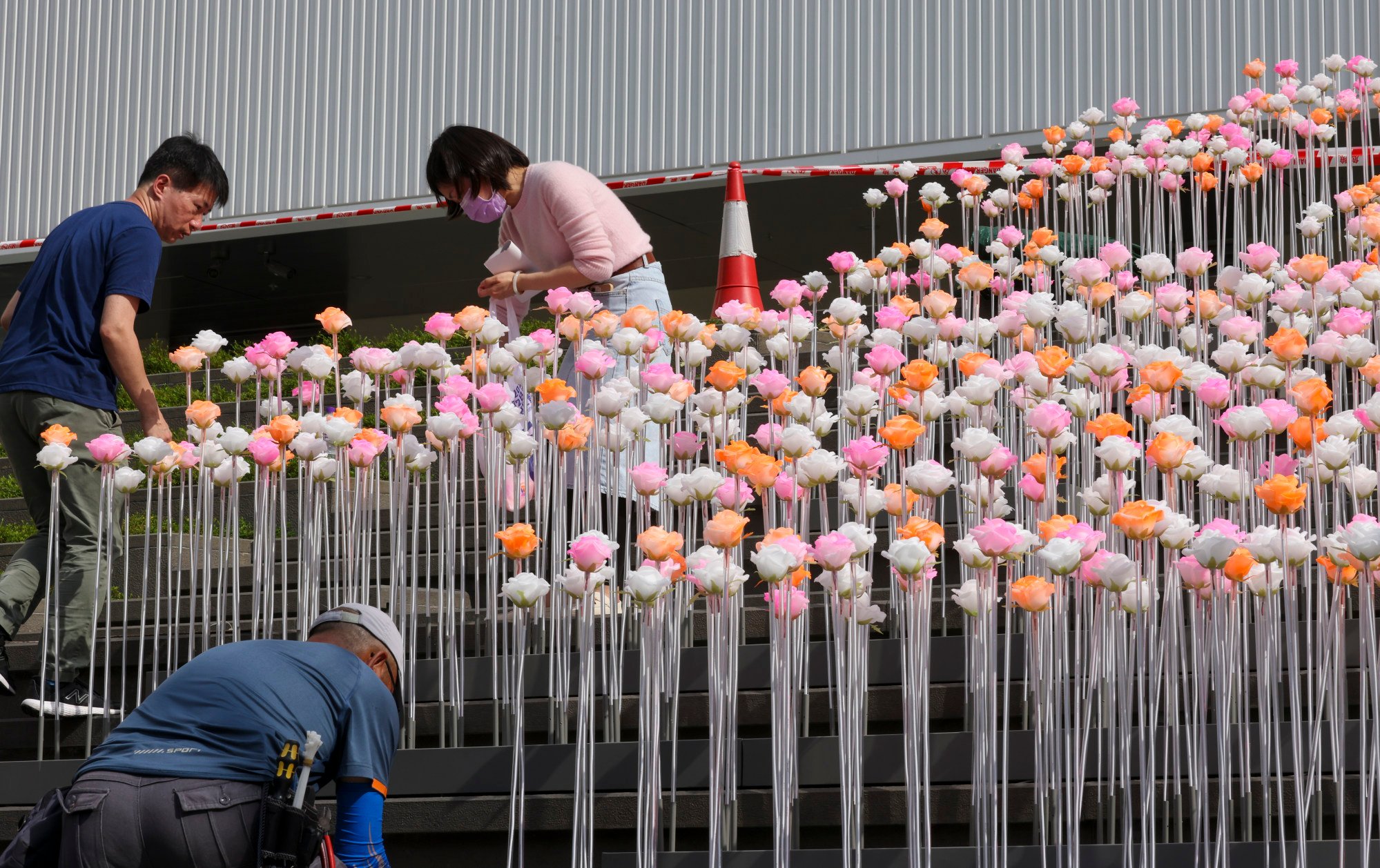
Forget Instagram spots. What’s Hong Kong doing to nurture the next Jin Yong?
- As the government continues to promote the city as an arts and cultural hub in the region, it has much to learn about what truly constitutes art
- Jin Yong’s wuxia novels, with their wide appeal, manage to be both escapist entertainment and a vast cultural phenomenon
Standing tall against the cityscape, the vividly rendered metallic statues by sculptor Ren Zhe have created quite a buzz among Hong Kong residents, and fans of Cha from far and wide.
Some of these characters are household names in their own right, and the many stories by Cha, better known as Jin Yong, are well known not only in Hong Kong and mainland China, but throughout the Chinese diaspora.
My first introduction to Cha’s extraordinary world of wuxia was the TVB version of The Return of the Condor Heroes, with Andy Lau Tak-wah as Yang Guo. Although I was too young to understand the plot, much less appreciate the sweep of Cha’s storytelling and the cultural significance of his works, that TV show is etched in my early childhood memories.
My family would be glued to the television, and for many of my generation, the show’s portrayal of swordswomen holding their own in the pugilistic world opened our eyes and minds to so many possibilities. Only later did I learn that when Cha was a child, his father cut and saved a page of Gu Mingdao’s serialised novel, Heroine of the Wild River, for him to read every day.
Anyone who has been caught up in Cha’s spellbinding fictional universes can share how the stories changed their lives. Then there are the experts drawing attention to his fluent style, drawing on classical language, and the wealth of references to Chinese philosophy and traditional culture in his novels.
Such is the widespread appeal of Cha’s stories that they are at once escapist entertainment and a vast cultural phenomenon.
The organisers of the exhibition, “A Path to Glory – Jin Yong’s Centennial Memorial”, should be applauded for taking some of Ren’s sculptures outside the museum setting and into the community, where they can be more easily accessed. The generosity Ren showed, in lending the statues for free, is also at one with the chivalry of Cha’s heroes.
Louis Cha’s life as a journalist was as thrilling as his novels
Cha wrote his novels after he moved to Hong Kong, and the city can take pride in this. As the government continues to promote this city as an arts and cultural hub in the region, it has much to learn about what truly constitutes art. “A Path to Glory”, so far, is looking like a winner.
Yeo said there was no comparison between the two, and added that Singapore “cannot own Jin Yong the way Hong Kong can own him”.

If officials had paid more attention, they would also have known that Tainan city in Taiwan was criticised for lacking originality when it planted a similar field of white LED flowers in 2022.
When it comes to arts and culture, the crux of the matter is that Hong Kong must provide an environment that nurtures and supports creativity, like Cha’s, rather than try to create an Instagrammer’s paradise overnight.
Alice Wu is a political consultant and a former associate director of the Asia Pacific Media Network at UCLA


